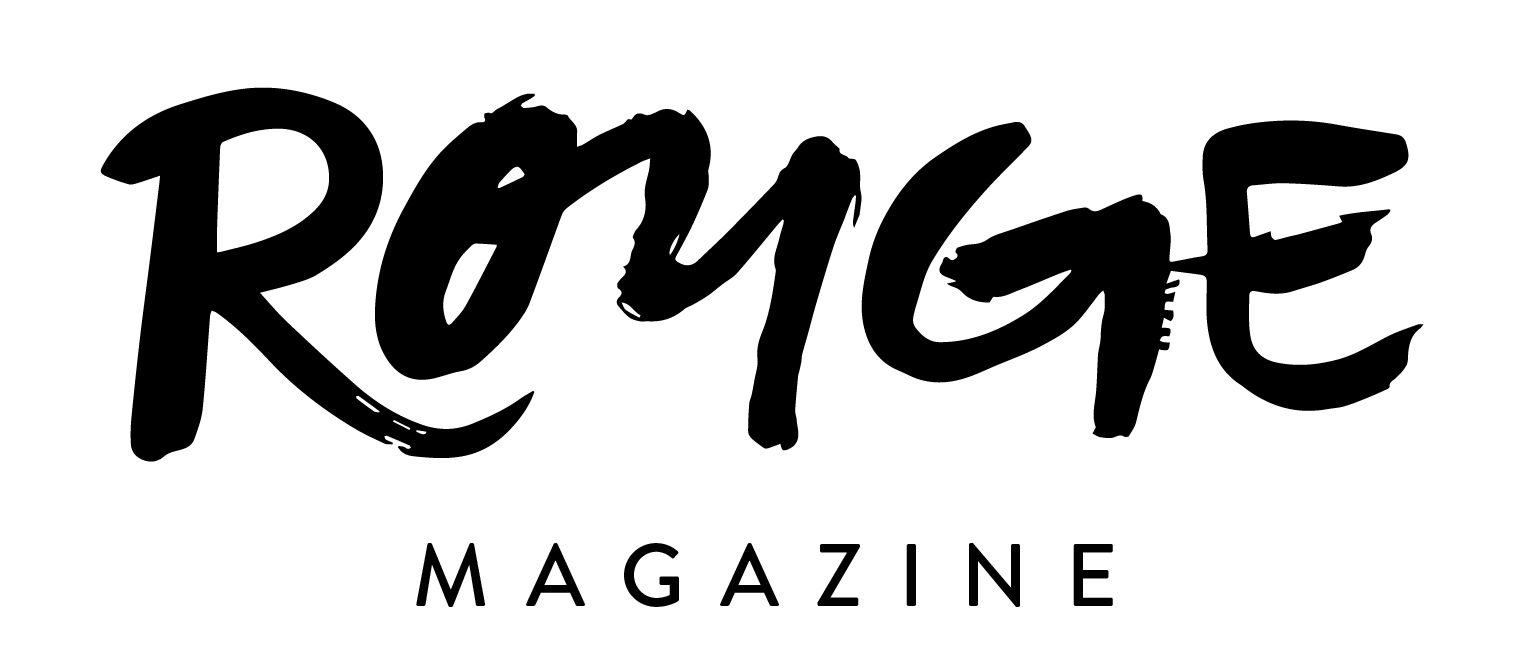The Past, Present, and Future Told Through Scarves
For students interested in fashion, politics, or material culture, the UGA Special Collections Library is a must see. Among other collections, the library will be hosting the ongoing exhibit Frankie Welch’s Americana: Fashion, Scarves, and Politics until July 8, 2022.
Frankie Welch, a Georgia native, made her name as a prominent designer in the 60s, 70s and 80s in Washington DC. She was initially a stylist for many prominent political wives and first ladies, and she eventually moved into designing her own scarf prints. The 1968 election season saw Republican Richard Nixon and Democrat Hubert Humphrey both vying for her designs to aid in their campaigns, and this marked Frankie’s entrance into the world of political messaging through her prints. The UGA Special Collections Library online exhibit says that “her scarves constitute a unique body of work in the history of American fashion, standing apart from exclusively design- or art-based scarves because of Welch’s embrace of their commercial and documentary possibilities”. Her prints served as political propaganda and documented the life interests of the Americans during this time period.
1968 Election Designs for Richard Nixon and Hubert Humphrey
One of Frankie’s most notable designs is the Fifty States Flower scarf. This print featured the flowers of all fifty states, with the Cherokee Rose at the center as an homage to her home state of Georgia. When President Nixon announced his resignation after the Watergate scandal in 1974 and Gerald Ford was set to become the next president, the nation was torn apart. Ford’s wife, Betty, took this as an opportunity to convey a unified front through her dress. The morning after Nixon's announcement, she wore a cotton shirt dress made in Frankie Welch’s fifty states flower pattern, to symbolize bringing all the states together, and portraying everlasting love for all of America.
The idea of using the state flower as a symbolic interpretation of state unification has continued into the 21st century. In fact, at the last presidential inauguration concert, Dr. Jill Biden wore a white evening dress that had flowers representing all fifty states and respective territories embroidered into the fabric. President Biden’s election into the presidential position was a very polarizing and controversial one. Following the tensions remaining from January 6’s insurrection and the controversy over the validity of the 2020 election, it was important for the couple to convey a sense of togetherness, indicating a hope of bringing the nation back together and mending the large divide that had appeared.
The designer of Dr. Biden’s dress, Gabriela Hearst, has not noted direct inspiration from Frankie Welch, however, both women are currently being featured in the Metropolitan Museum of Art’s second iteration of the exhibit In America: A Lexicon of Fashion. The curator Andrew Bolton noted that the exhibit featuring both designers “enabled us to engage directly with current conversations—both artistic and cultural—that are directing and defining the future of fashion, reflecting The Costume Institute’s ongoing ambition to present ‘fashion history in the making.’”
Dr. Biden at the Inauguration Concert in Fifty States Flowers Dress by Gabriela Hearst
Although it is not the MET, the University of Georgia’s Special Collections Library is doing the same thing; bringing fashion history forward as an entry point for historical education. Fashion history is a glimpse into the past, but it can often be a peek into the future as well. In fact, for many spring and summer runway shows in 2022, silk scarves were featured. For instance, Emily Ratajkowski wore a Fendace (Fendi for Versace) headscarf while walking in Milan Fashion Week. Not only is this relevant to the Frankie Welch exhibit because it's a scarf, which is what is primarily on display, but also in the content and pattern.
Jan Hebbard, the exhibition coordinator at the Special Collections Library, spoke to me about the exhibit and its importance. We talked about how Frankie participated in the signature scarf trend of the 70s, which was when space was left on a design for a person to add their own signature. But Hebbard says that “For Frankie, she starts putting her own signature on everything [and] her stuff is always branded”. She said that the curator of the exhibit, Ashley Callahan, implies that this outward expression of branding may have contributed to the logo craze; a desire to have a prominent sign of who designed what you were wearing. In Fendace, the headscarf is covered in the signature opposing F’s logo, participating in that logomania trend.
Rome, GA Scarf with Frankie’s Signature in Bottom Right
With all of this in mind, particularly thinking about fashion and the trend cycle, it’s clear that it is so important to look to the past and see what was being produced then. More often than not, trends and ideas circle back to the mainstream, and understanding the significance of trends when they first occurred can help us understand how to interpret them in a modern context.
The Frankie Welch Exhibit can be viewed at the UGA Special Collections Library, located on Hull St, just behind the Terry College of Business until July 8, 2022. So go visit it, because apart from being informative and educational, it really is just very cool.
Sources
https://digilab.libs.uga.edu/scl/exhibits/show/frankie-welch
https://cititour.com/NYC_News/Inside-The-Mets-In-America-A-Lexicon-of-Fashion/6256
https://www.vogue.com/article/in-america-a-lexicon-of-fashion-refesh-metropolitan-museum-of-art
https://www.metmuseum.org/art/collection/search/853648
Copyediting by Trinity Gates
Graphics by Sophie DiFusco







